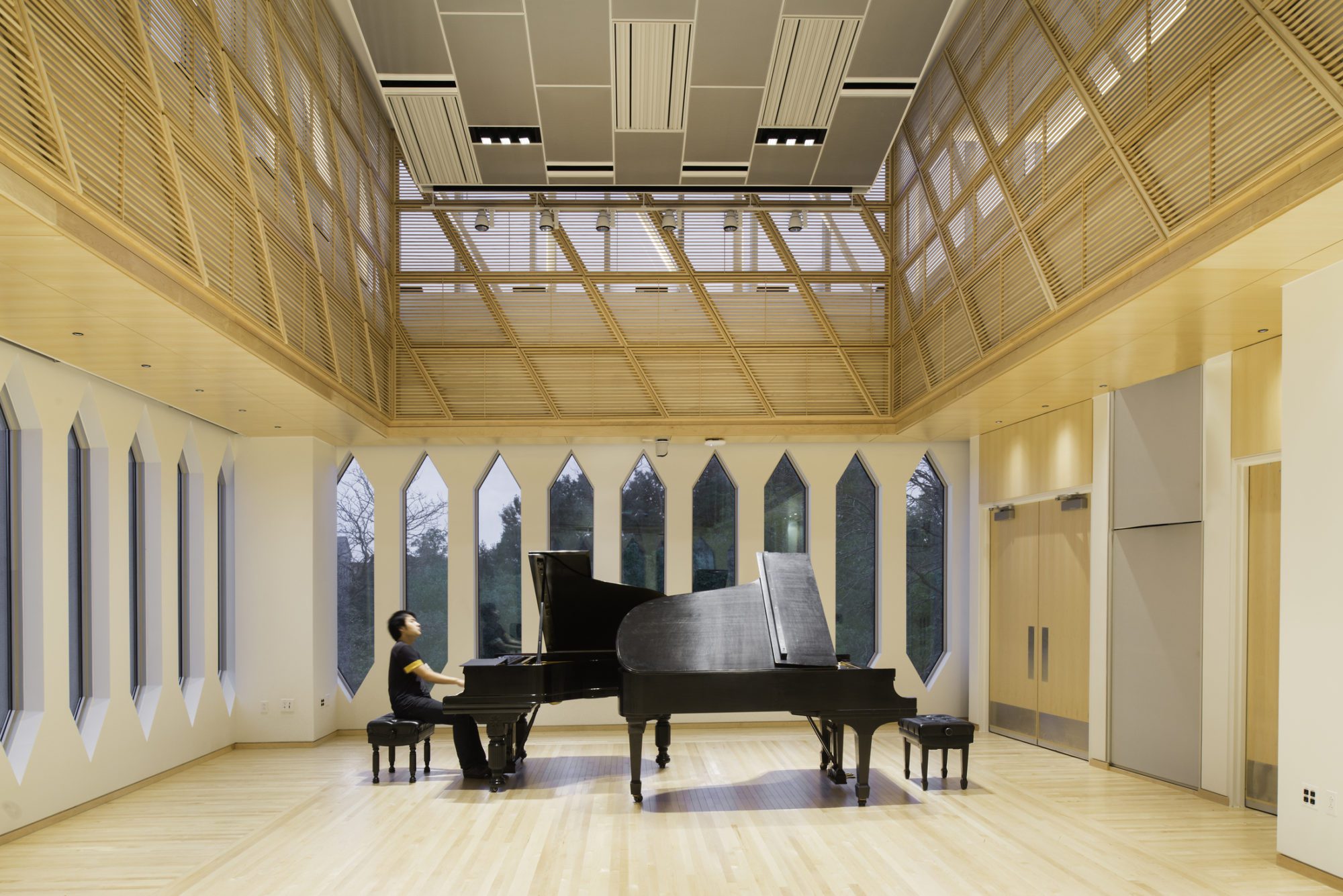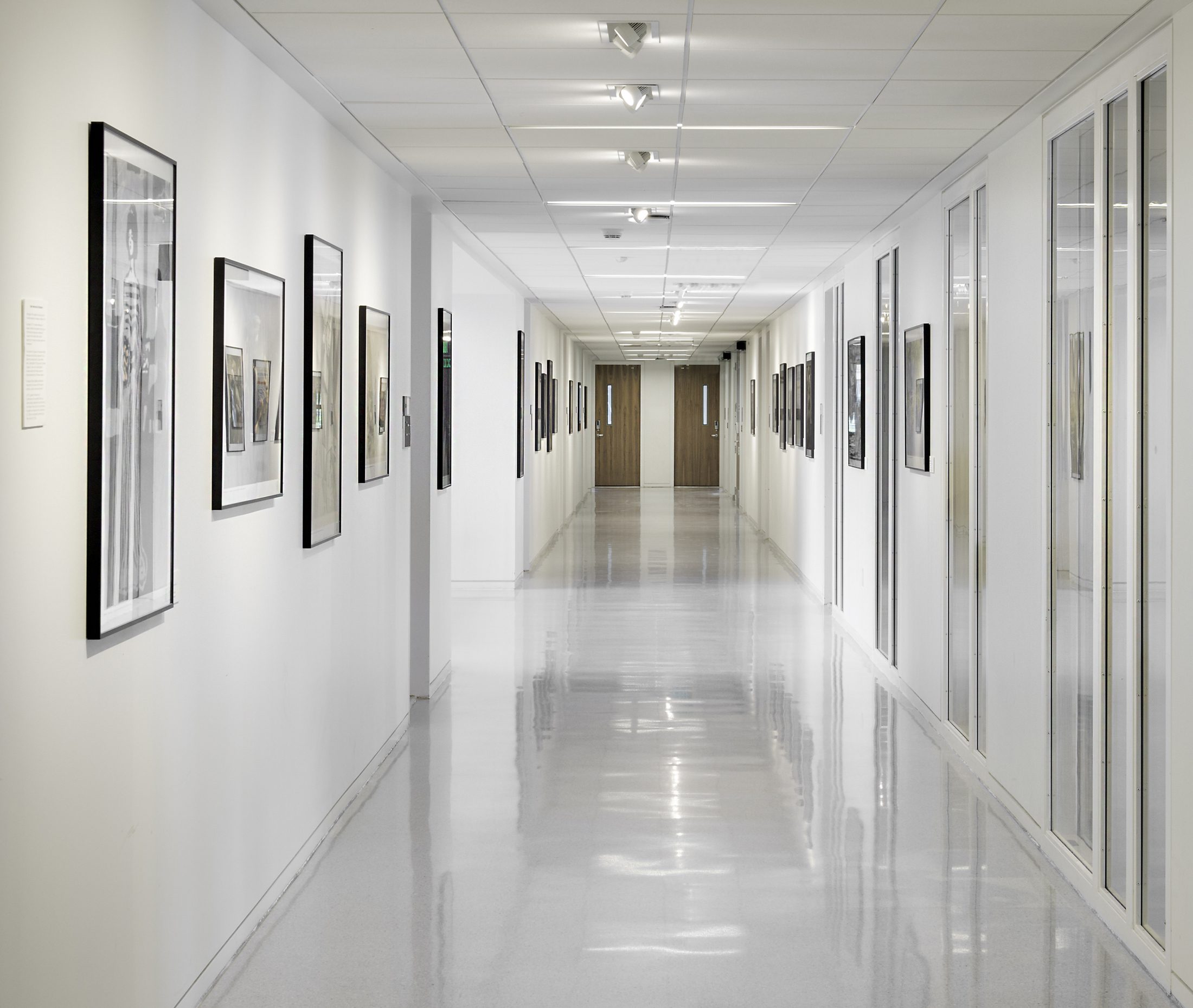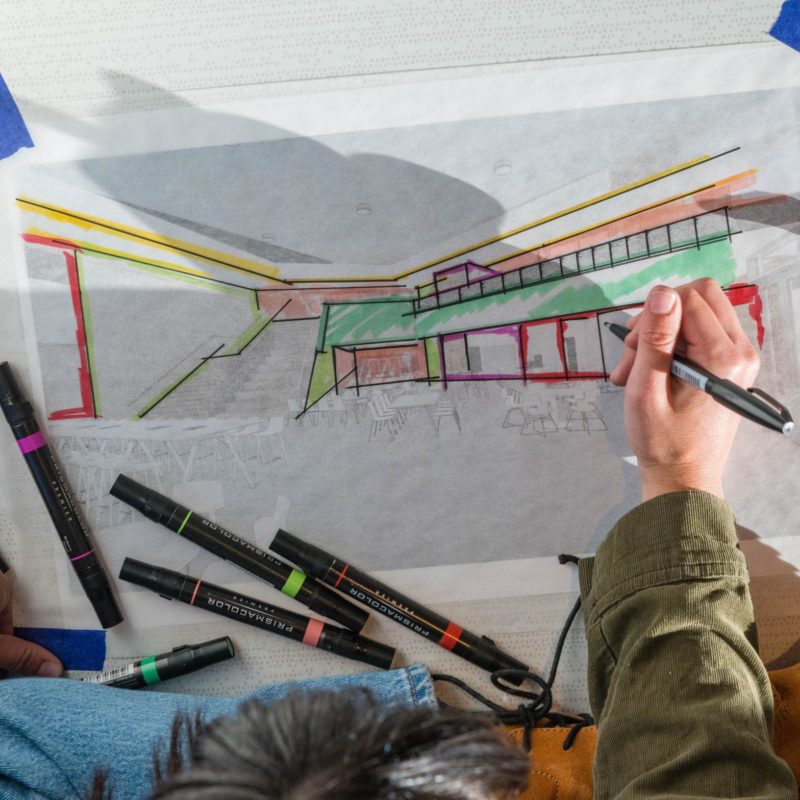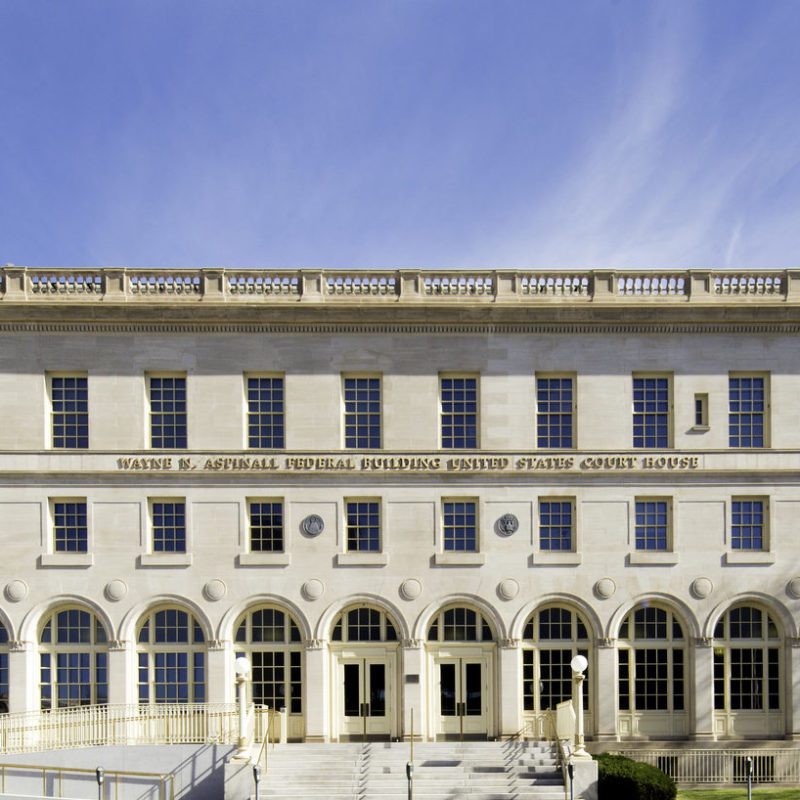It might be tough to imagine, but there once was a time when musical instruments were an unwelcome sound in Oberlin College’s conservatory of music. (Say what!?) Yes, in the 1830s, when the Conservatory first found its footing, trumpets & organs were even more controversial in some settings than pressing social issues of the time – but there was one type of music that was allowed within the halls.
While instrumental music was a little too spicy for their bland audible diet, many of Oberlin’s founders were fans of a good liturgical music session. However, the gradual introduction of instruments in the church setting was divisive, eventually leading to the resignation of one of Oberlin’s board members who stated that “a vast amount of time had been expended for fashionable amusements…such as piano music.” (“Children, cover your ears!”)
“a vast amount of time had been expended for fashionable amusements…such as piano music.”
Despite the pious leanings of leadership, public interest in “fashionably amusing” piano music naturally increased over time. In the 1850s the school began to offer instruction in instrumental music before proceeding to get its very first organ (which shocked and delighted the masses like all good musical rebellions).
Oberlin’s connection to “firsts” extends beyond the cutting-edge appearance of an organ. Oberlin was also the first college in America to adopt a policy to regularly admit Black students and the first to grant bachelor’s degrees to women. Additionally, George Walker became the first African American to win the Pulitzer Prize for Music and Dun Yun became the first Asian woman to win the same. Both artists studied at Oberlin.
As the program continues to grow, Bibbins Hall has evolved as well. The building was originally designed in the 1960s by Minoru Yamasaki, best known as the architect of the original World Trade Center, whose elegantly elongated windows are seen mirrored in the design of Bibbins Hall. In more recent years, DLR Group stepped in to renovate much of the building including adding two stories on top of the building, referred to as a, “glass lantern.” Their design combines a little of the old with things exciting and new, like all the best mix tapes and instrumental compilations.
FUN FACT: The tall, thin windows featured on Bibbins Hall were actually an early iteration featured prominently in Yamasaki’s later works as a response to his own personal fear of heights.


































